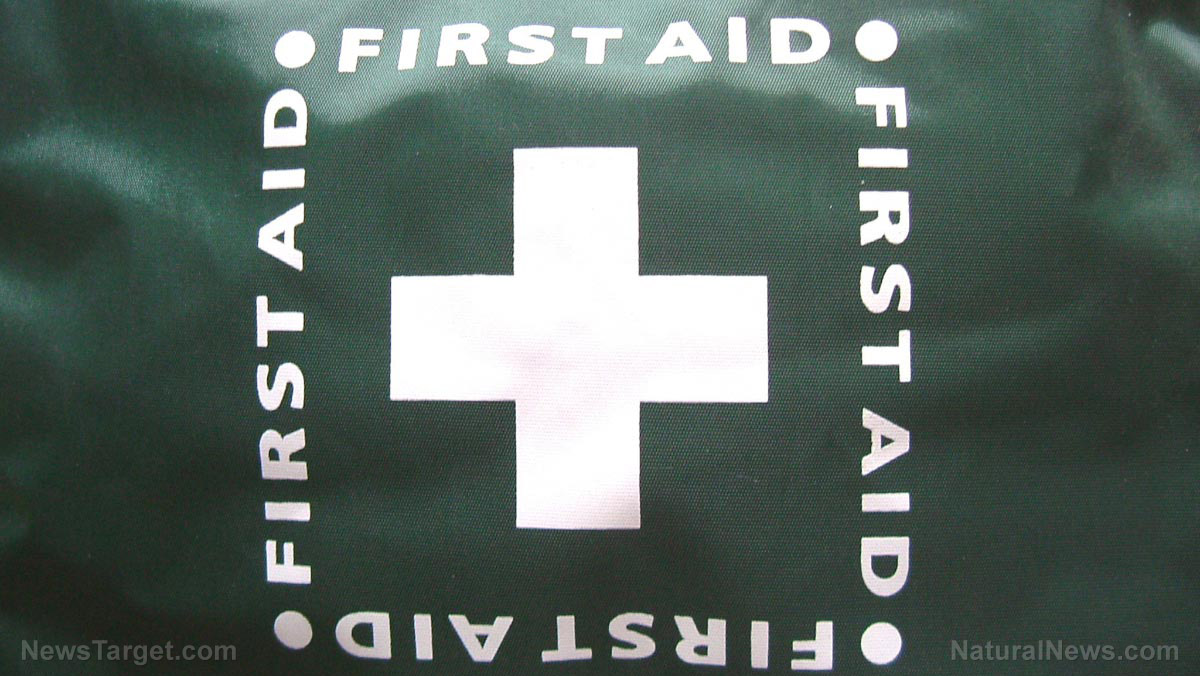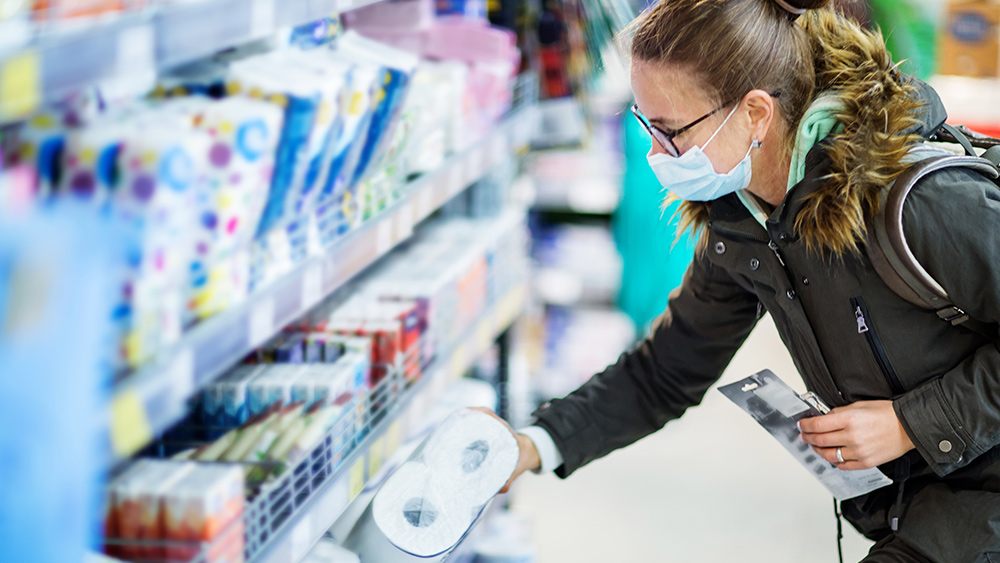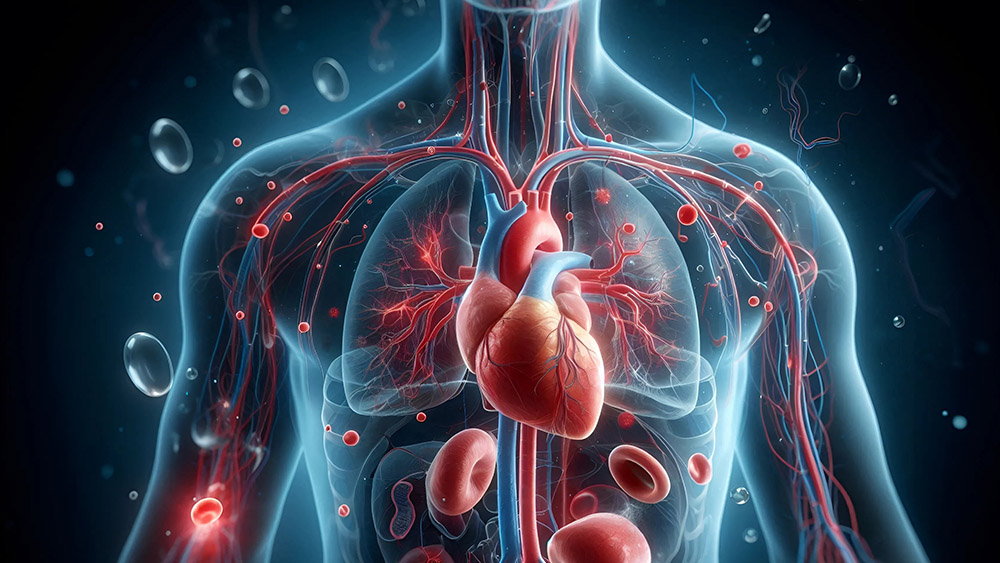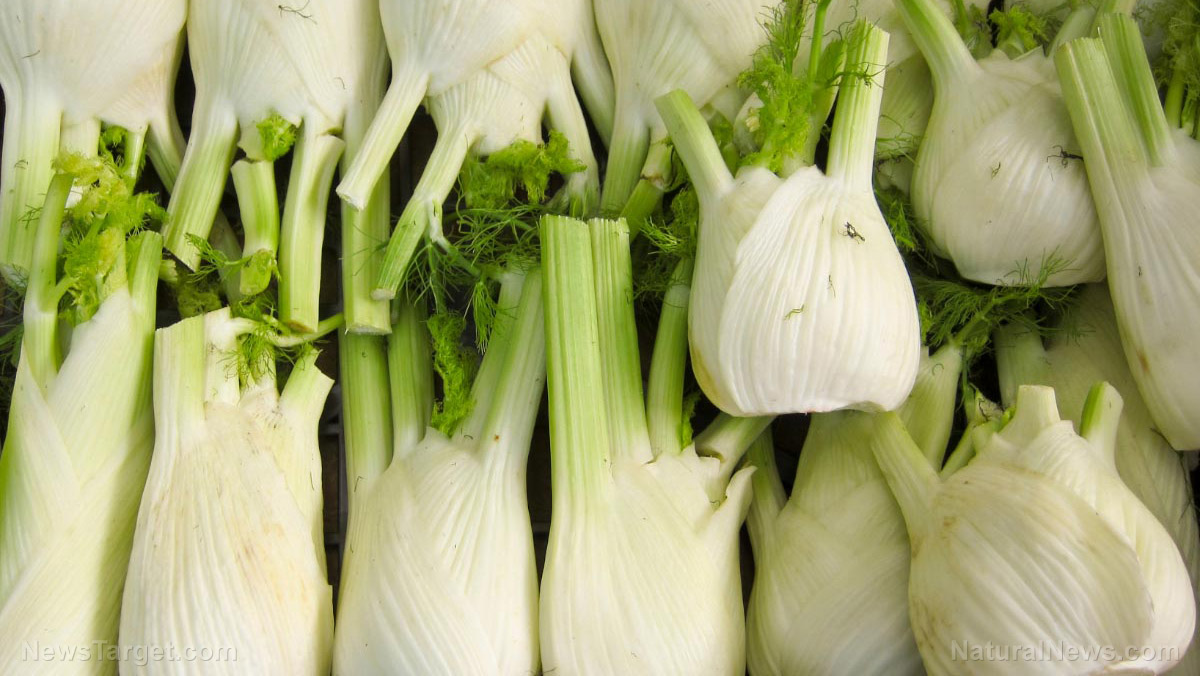
First-aid essentials for stitching a wound
Here are the first-aid items you'll need to properly stitch a wound: (h/t to PrepSchoolDaily.Blogspot.com)Needle
Examples of commonly used surgical needles include a tapered needle and a cutting needle. A tapered needle has a round body with a sharp pointed tip. It is generally used to suture tissues that are easy to penetrate. Meanwhile, a cutting needle is usually used for tough tissues, such as ligaments and the skin. You'll most likely need a cutting needle because skin injuries are more common when SHTF. There are various types of cutting needles, but many surgeons prefer a reverse cutting needle. This is because the needle is less likely to tear the skin.Suture material
Suture material can be classified as either absorbable or non-absorbable. Absorbable sutures don't need to be removed because they are broken down by your body. Meanwhile, non-absorbable sutures have to be removed at a later date or left permanently. Suture material is also classified according to the material's structure. Monofilament sutures are made of a single thread that allows easy passage through tissues. They are less irritating to the skin and less likely to cause infection. On the other hand, braided sutures are made of several small threads braided together. They are stronger and more flexible but are more likely to harbor microbes. (Related: Treating wounds: How to recognize and prevent wound infection.) Here are some types of suture materials:- Nylon – This is the most common non-absorbable, monofilament suture. It is less expensive than other sutures.
- Polyester – This is a non-absorbable, braided material. It is easier to use and holds knots better than nylon.
- Polypropylene – This is another type of non-absorbable monofilament suture. It is easier to use than nylon and is less likely to cause inflammation than other sutures.
- Silk – This is a non-absorbable, braided suture and is probably the easiest to work with.
- Polyglactin – This is an absorbable, braided suture and is suitable for general use.
- Polydioxanone – This is one of the most common absorbable, monofilament sutures. It retains its strength longer than polyglactin.
- Chromic gut – This is an absorbable, monofilament suture and commonly causes inflammation.
Pipelines as alternative fuel sources in a post-SHTF world
By Virgilio Marin // Share
Emergency preparedness: planning your off-grid home
By Virgilio Marin // Share
25 Survival skills that will help you survive after SHTF
By Divina Ramirez // Share
Biden is not doing anything to resolve the supply chain crisis
By Arsenio Toledo // Share
An emergency supply checklist for beginner preppers
By Zoey Sky // Share
Things to consider before turning your home into a homestead
By Zoey Sky // Share
HHS freezes child care funds to 50 U.S. states amid Minnesota fraud review
By lauraharris // Share
U.S. approves $328.5 million arms sale to Taiwan amid rising tensions with China
By kevinhughes // Share
Fennel: Evidence-based drug alternative for menstrual cramps
By newseditors // Share











